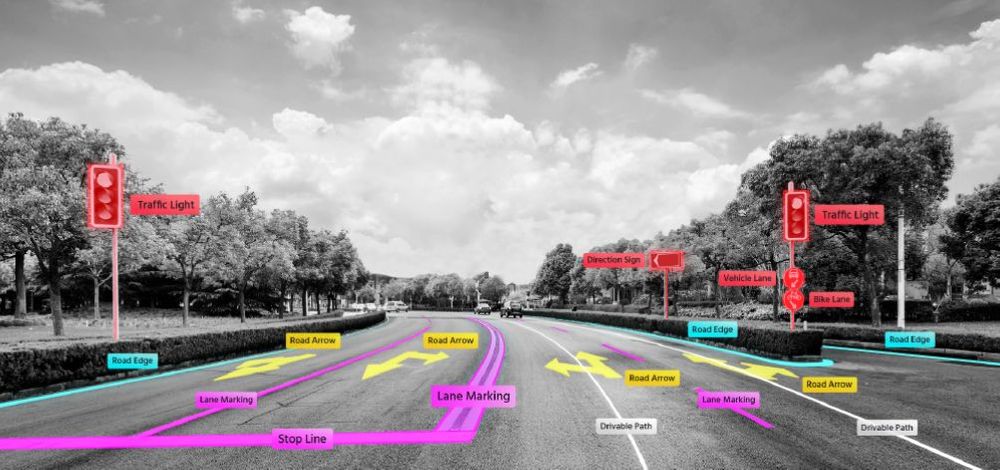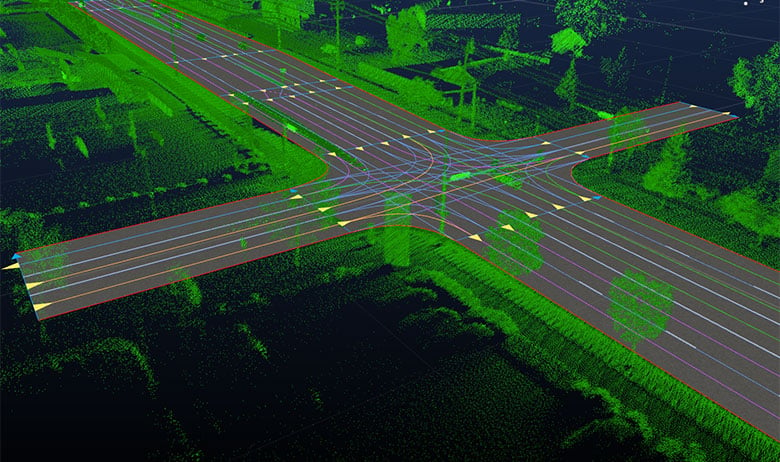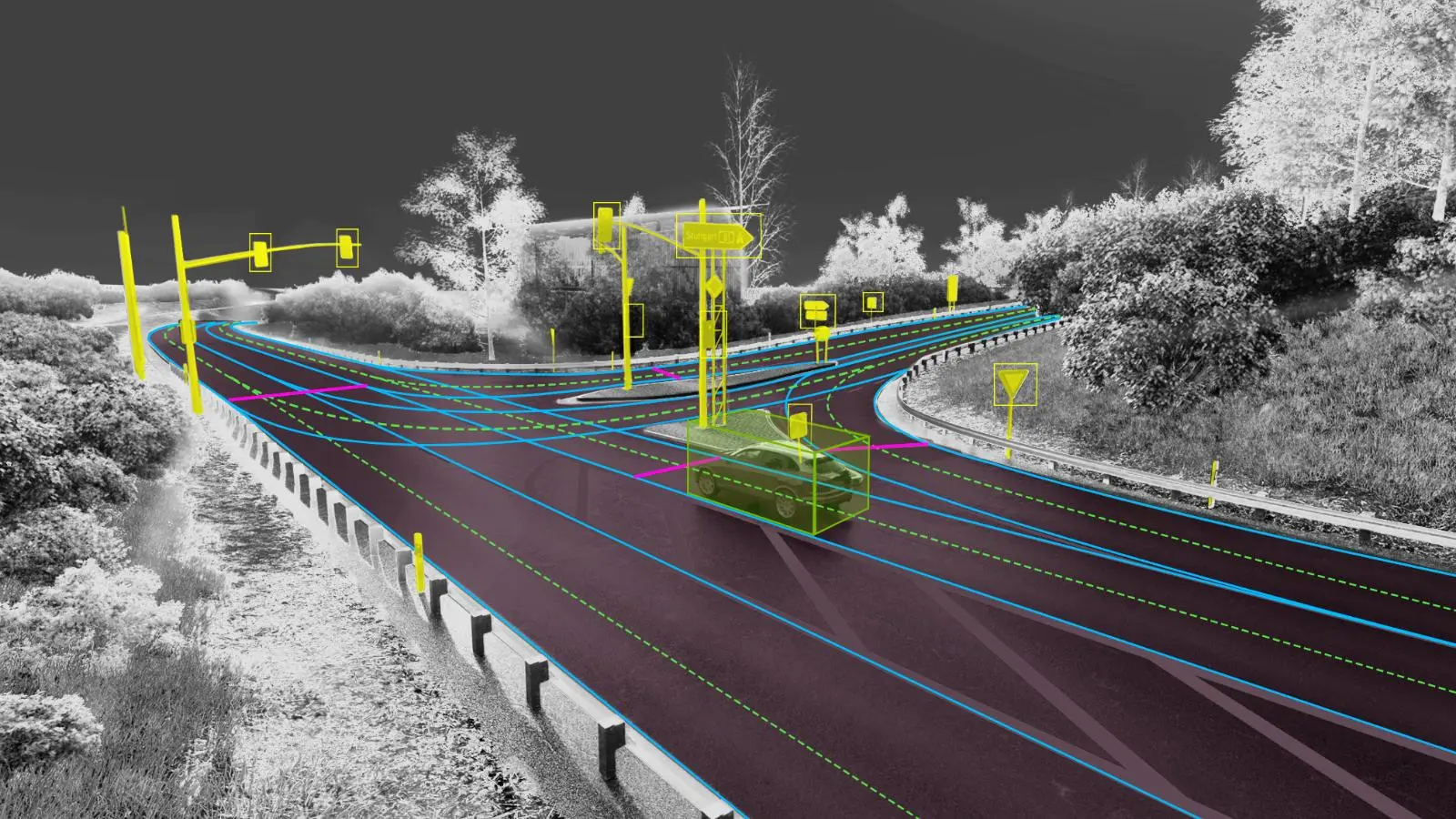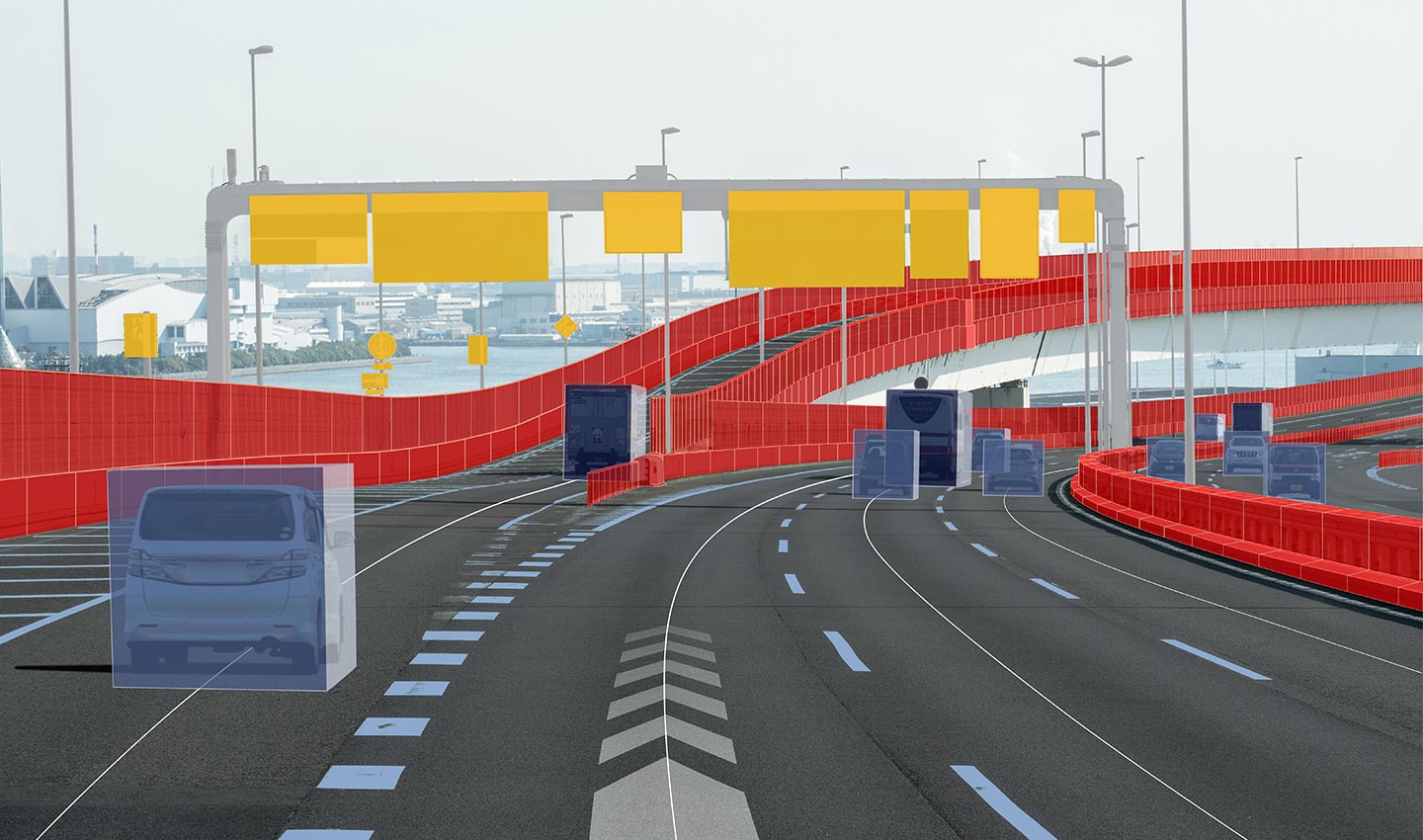High-Definition Mapping for Autonomous Vehicles: Pioneering Safe and Smart Mobility
Written by Lenka Venkatagiri Babu 26 Sep, 2023
Autonomous vehicles. Today, the term is as common as AI, cloud and big data. As this ecosystem continues to grow, one technological cornerstone stands out for its transformative potential: High-Definition (HD) mapping. As self-driving cars gain more prominence, HD mapping emerges as the compass guiding these vehicles through the intricacies of the modern road network. As autonomous vehicles continue to grow in today’s market, it is important to delve into the intricate world of HD mapping, its significance, components, challenges, and the promising horizon it paints for the future of transportation.
Navigating Autonomy: The Crucial Role of HD Mapping
The core of autonomous vehicle development mandates the need for robust and precise navigational capabilities. HD mapping goes beyond the conventional GPS and navigation systems, offering a meticulously detailed overview of the environment. This comprehensive data encompasses lane boundaries, traffic signs, road geometries, and even dynamic factors like real-time updates on construction zones and accidents. This level of intricate information using technologies such as sensor fusion, perception algorithms, decision-making systems, and control mechanisms enable vehicles to navigate safely and autonomously in complex environments.

Fig 1: Vehicle navigation with HD mapping
HD Maps Unveiled: Components and Complexity
The building blocks of HD maps can be categorized into three vital components: geometric information, semantic insights, and dynamic updates. The geometric data offers a blueprint of the road layout, while semantic details include traffic rules, speed limits, and other road attributes. These are further enriched with real-time dynamic information, including alerts about ongoing incidents and road conditions. Local environmental data such as weather conditions and road surfaces further refine the understanding.

Fig 2: HD mapping Semantic view
Pioneering Technologies and Uphill Challenges
The driving force behind HD mapping is a symphony of advanced technologies. LiDAR technology captures intricate 3D point cloud data, enhancing mapping accuracy. Cameras provide the visual spectrum for object recognition, while radar complements the data with object detection and speed estimation. GPS and IMU ensure pinpoint positioning, while techniques like SLAM (Simultaneous Localization and Mapping) and Mobile Mapping Systems offer real-time map updates. Nonetheless, challenges continue to exist, demanding constant innovations in sensor tech, mapping algorithms, and data processing to ensure the reliability of HD maps.

Fig 3: HD mapping with Lidar sensor
Mapping the Road Ahead: Challenges and Prospects
The journey towards seamless autonomy isn't without its hurdles. The deluge of data generated by HD mapping necessitates efficient data management, while merging inputs from diverse sensors poses an intricate challenge. Regular map updates to reflect dynamic road conditions further accentuate the complexity. Looking forward, advancements in sensor technologies like LiDAR, cameras, and radar promise improved accuracy and efficiency in HD mapping.

Fig 4: Future development with HD mapping
HD Mapping's Vast Applications and Inherent Advantages
The transformative potential of HD mapping reverberates across various sectors. Ride-sharing and mobility services promise greater passenger safety and comfort, while logistics and delivery operations stand to gain efficiency and accuracy. Public transportation systems and smart cities can expect improved reliability and accessibility, with HD maps driving innovation in traffic management and urban planning.

Fig 5: HD mapping representation of the road
Precision, Safety, and the Autonomy Advantage
At its core, HD mapping bestows autonomous vehicles with a trifecta of advantages: enhanced perception, improved decision-making, and heightened safety. Accurate localization and object detection become possible even in complex environments, propelling autonomous vehicles toward accurate navigation. By foreseeing road conditions and potential hazards, there are increased safety potentials. Furthermore, HD mapping paves the way for cooperative driving by facilitating seamless communication between connected vehicles and infrastructure.
Industry Solutions: Cyient's Pathway Forward
Amid this landscape, engineering companies like Cyient offer solutions that help accelerate the development and adoption of autonomous vehicles. With a reusable and scalable HD-mapping software stack, we focus on development excellence and toolchain integration, expediting time-to-market for automakers. Our initiatives demonstrate the potential for collaborative value creation, single-sourcing solutions, and strategic partnerships that drive the HD mapping evolution.
Navigating into the Future
As we step into the future of automotive, the autonomous era, HD mapping takes center stage. Beyond its role as a navigational aid, it holds the key to transforming transportation systems and ushering in an era of unprecedented road safety. With technology as its north star, HD mapping guides autonomous vehicles toward a future where they seamlessly integrate into the fabric of our daily lives. The growth and potential are bringing us closer to a world where autonomous vehicles are no longer a vision but a tangible reality.
About the Author
He has 15 years of experience in evaluating cutting-edge PoC solutions in automotive domain and DSP, embedded multimedia & ADAS domains with expertise in camera-based vision algorithm developments.
.png?width=774&height=812&name=Master%20final%201%20(1).png)